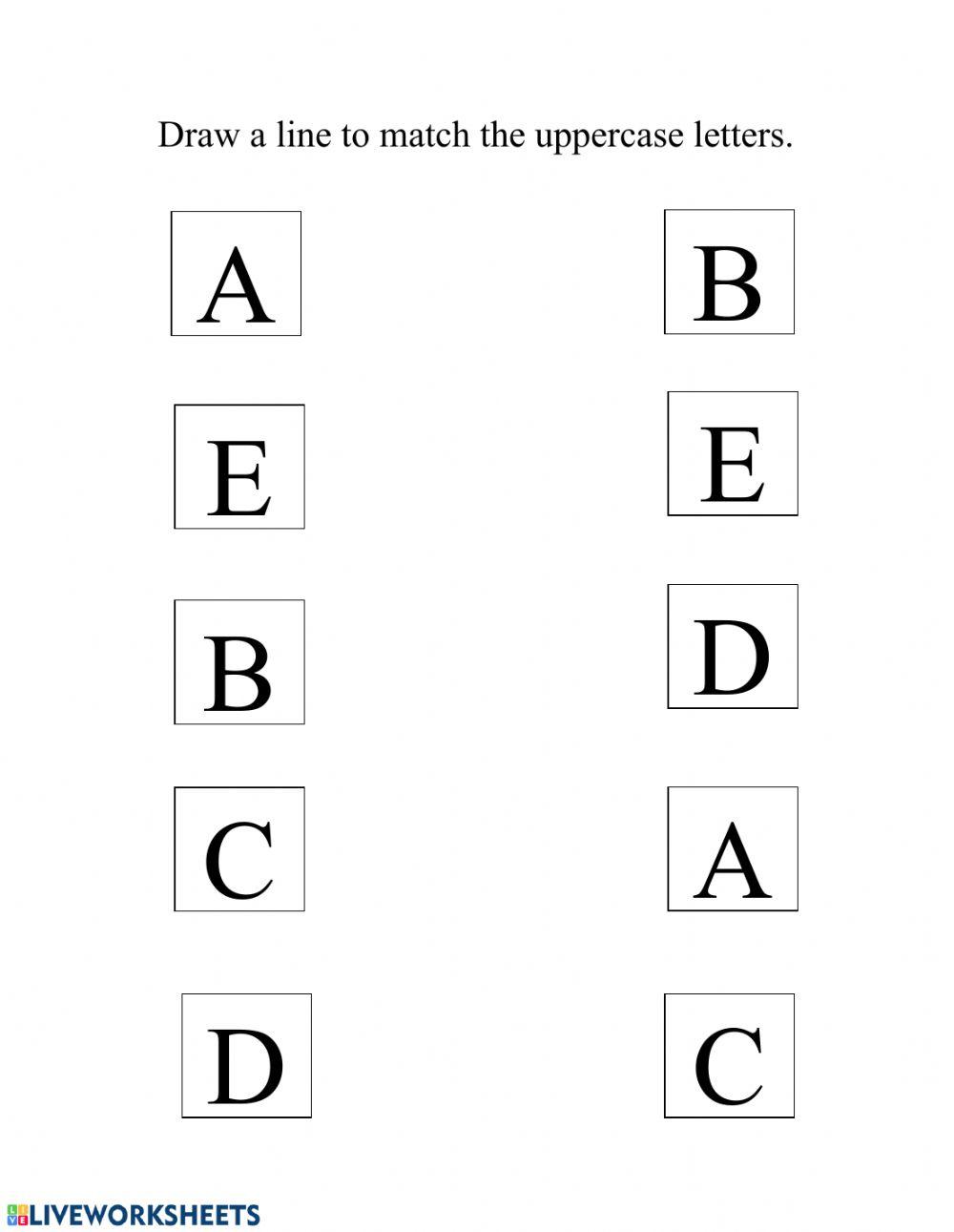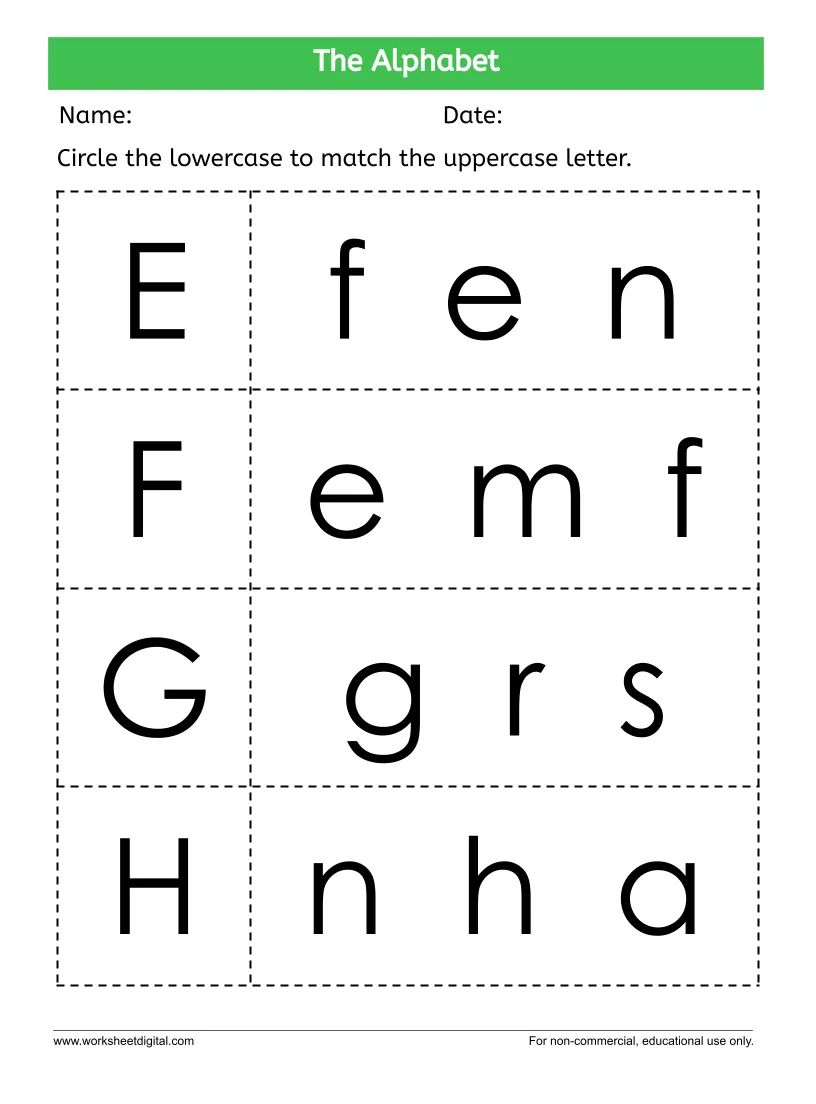Rainbows have captivated human imagination for centuries, symbolizing hope, beauty, and the wonder of nature. They appear as arcs of vibrant colors stretching across the sky after a rain shower, delighting anyone lucky enough to catch a glimpse. But have you ever wondered just how many colors are in a rainbow and what they represent? In this article, we’ll explore the science behind rainbows, the colors that comprise them, and the cultural significance of these beautiful phenomena.
The Science of Rainbows
To understand how many colors are in a rainbow, we first need to explore how rainbows are formed. A rainbow occurs when light—most often sunlight—passes through raindrops in the atmosphere. This process involves two key phenomena: refraction and reflection.
-
Refraction: When light enters a raindrop, it slows down and bends due to a change in medium (from air to water). This bending of light is called refraction and causes the light to spread out into its component colors.
-
Reflection: After refraction, the light reflects off the inner surface of the raindrop before exiting. As the light exits, it refracts again, bending once more and further separating the colors.
The result is a spectrum of colors arranged in a circular arc. Under ideal conditions, you may see a primary rainbow with vibrant colors on the outer arc and a secondary, fainter rainbow outside the primary one, featuring reversed colors.

How Many Colors Are in a Rainbow?
Traditionally, a rainbow is said to consist of seven distinct colors, which are typically listed as follows:
- Red
- Orange
- Yellow
- Green
- Blue
- Indigo
- Violet
These colors can be remembered using the acronym ROYGBIV (Red, Orange, Yellow, Green, Blue, Indigo, Violet). Each color seamlessly transitions into the next, creating a beautiful gradient that enchants viewers.
The Meaning Behind the Colors
Each color in the rainbow carries its own significance and symbolism, often reflecting various emotions and themes:
-
Red: Often associated with passion, love, and energy, red is a color that captures attention and evokes strong feelings.
-
Orange: A blend of red and yellow, orange signifies enthusiasm, creativity, and warmth. It’s a color that energizes and uplifts.
-
Yellow: Bright and cheerful, yellow is often linked to happiness, optimism, and sunshine. It’s a color that can brighten anyone’s day.
-
Green: Symbolizing nature, growth, and tranquility, green is a color that embodies balance and harmony. It’s often associated with renewal and life.
-
Blue: Often connected to calmness and serenity, blue can evoke feelings of peace and stability. It’s the color of the sky and the sea, often representing depth and trust.
-
Indigo: A deeper blue hue, indigo signifies intuition and perception. It’s often associated with wisdom and contemplation.
-
Violet: Representing creativity, spirituality, and imagination, violet is a color that inspires and uplifts. It’s often seen as a regal color, symbolizing luxury and ambition.
Cultural Significance of Rainbows
Rainbows hold significant cultural meaning across various societies and traditions. They often symbolize hope, peace, and connection. Here are some notable cultural interpretations:
-
In Christianity: The rainbow is seen as a symbol of God’s promise to humanity. According to the biblical story of Noah, after the great flood, God placed a rainbow in the sky as a promise never to flood the Earth again.
-
In Native American Culture: Many Native American tribes view rainbows as a bridge between the physical and spiritual worlds. They may symbolize good fortune or a connection to the divine.
-
In Hinduism: The rainbow is often associated with the god Indra, who wields a bow made of rainbow colors. It represents hope and the beauty of nature.
-
In Pop Culture: The rainbow is often used in art, literature, and music to convey themes of diversity and inclusion. It has become a symbol for the LGBTQ+ community, representing pride and the spectrum of human identities.
How to See Rainbows
To increase your chances of seeing a rainbow, consider the following tips:
-
Timing: Rainbows typically appear when sunlight shines through raindrops. Look for rain showers followed by sunny weather.
-
Location: Position yourself with your back to the sun. Rainbows form opposite the sun, so you’ll want to face the direction where the rain is falling.
-
Weather Conditions: The best conditions for viewing rainbows are when there are scattered rain showers followed by sunshine. Late afternoon or early evening is often ideal.
Fun Facts About Rainbows
-
Double Rainbows: Occasionally, you may see a double rainbow. The outer rainbow is fainter and displays the colors in reverse order due to additional reflections inside the raindrops.
-
Rainbow Shape: Although rainbows appear as arcs in the sky, they are actually circular. The ground typically obscures the bottom half of the circle.
-
Color Variations: While seven colors are traditionally recognized, rainbows actually contain a continuous spectrum of colors. If observed closely, you’ll notice shades blending into one another.
-
Weather Phenomena: Rainbows can also occur with other atmospheric conditions, such as mist, spray, or even ice crystals, resulting in different types of optical phenomena.
-
Personal Rainbows: You can create your own rainbow at home using a garden hose, a sunny day, and a fine mist of water. Point the hose into the sunlight, and you may see a small rainbow forming!
Conclusion
Rainbows are not only a beautiful natural phenomenon, but they also carry profound meaning and significance across cultures. With seven distinct colors—red, orange, yellow, green, blue, indigo, and violet—rainbows capture the imagination and inspire feelings of hope and joy. Whether you’re lucky enough to witness one in the sky or create your own at home, the magic of rainbows continues to fascinate people of all ages. So next time you see a rainbow, take a moment to appreciate its beauty and the vibrant colors that come together to form this enchanting spectacle.



